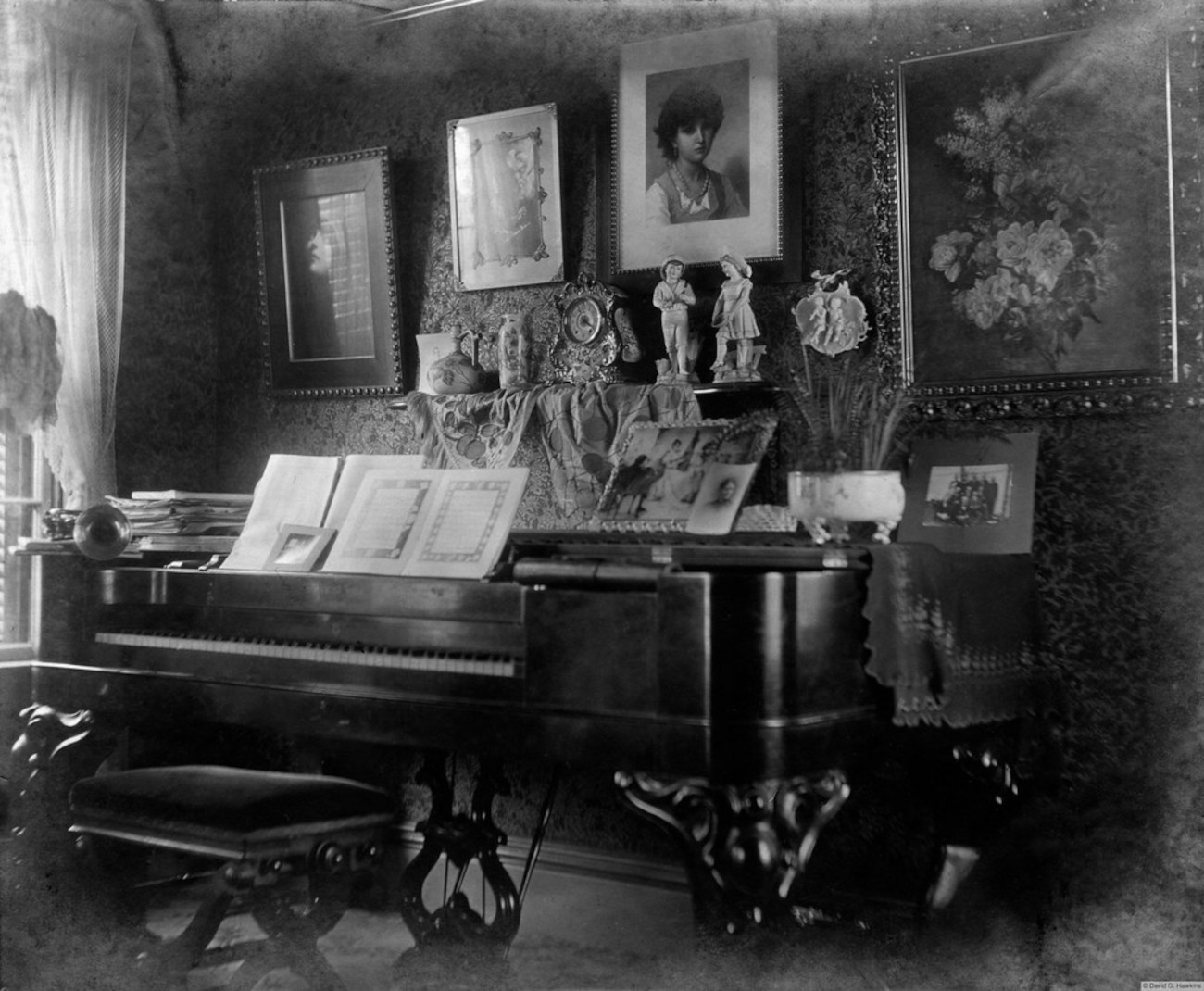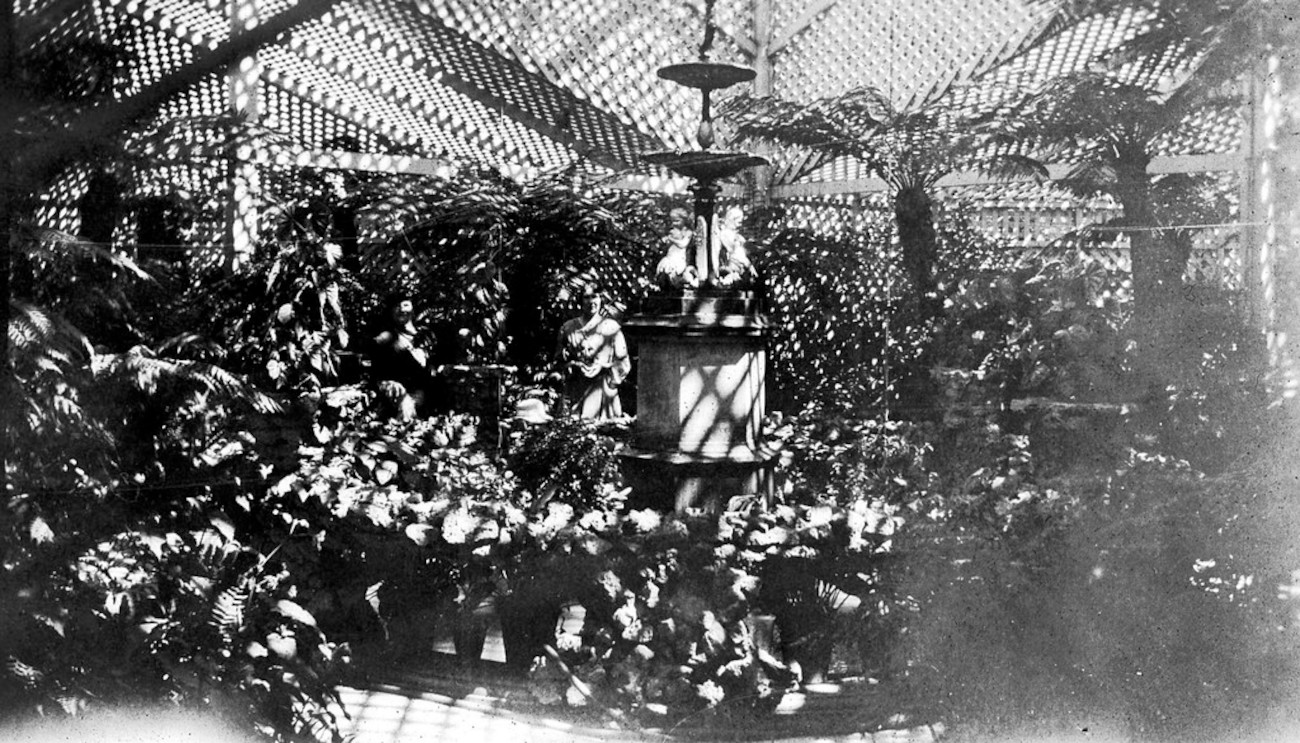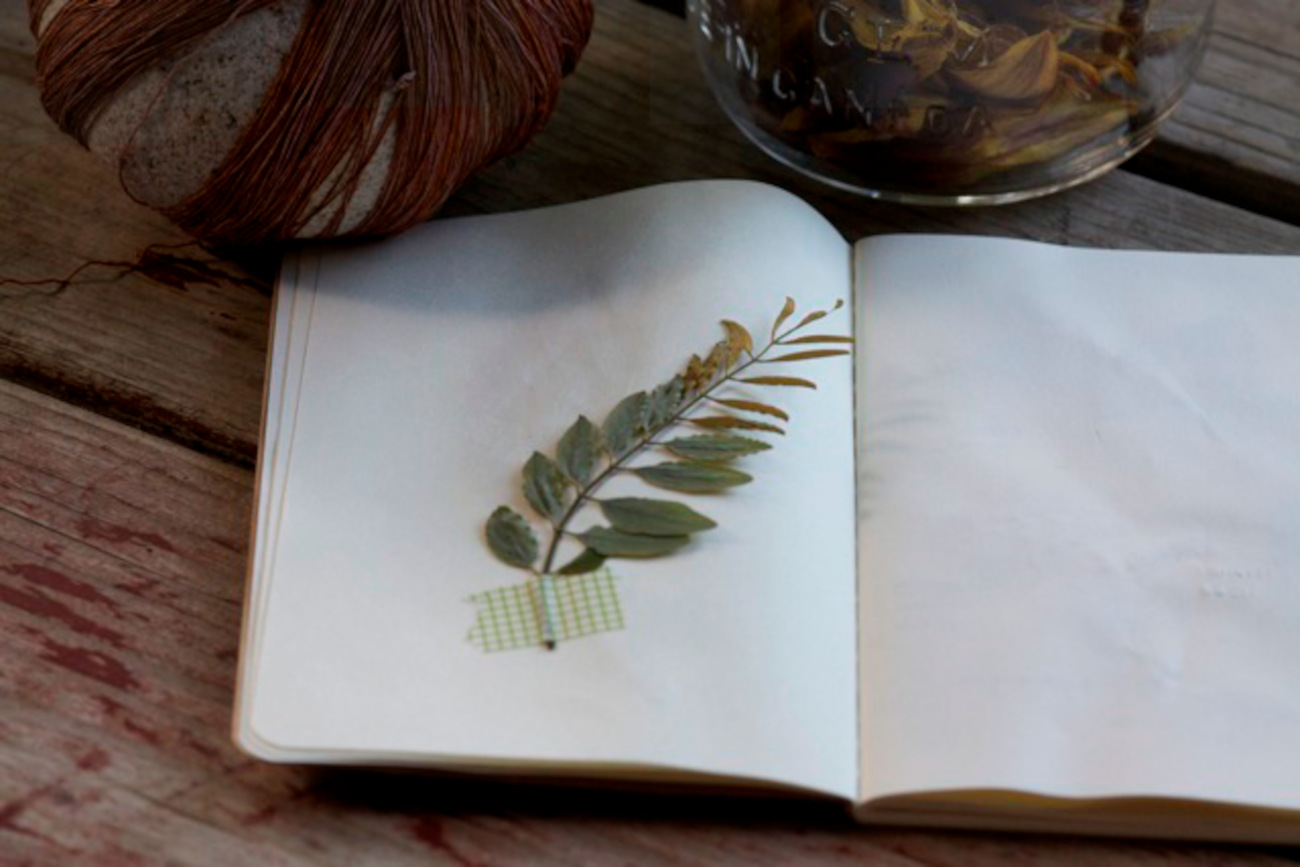Human Vegetables And 2000 Ferns — The Hobbies Of The Victorians
Scrolling through social media, following your pop’s tried-and-true hobby of tinkering with machines, or collecting the ever-so-trendy crystals of recent, people love to use their leisure time to indulge in their passions. And while everyone has distinct interests, there is something about time that influences hobbies and drives certain recreation. Like the macramé of the 1970s or Pokemon cards of the 1990s, every era had its reign on what was and was not popular. This fact is pertinent during the Victorian Era (which was influential, even in the US). This span of history was one of the first times (in a long time) that affluent and middle-class people crafted an influential leisure boom. Pre-internet activities like hunting, painting, embroidering, reading, and instrument practice were still things, but Victorians took hobbies and added eccentric flairs that are peculiar, even by today’s standards.

The balance between life and death, modern and future, was starkly front and center in the Victorian world. The booming mechanical and technological innovations of the Industrial Revolution sling-shotted people into a world of more automation, machine-manufactured items, and increased product availability. Demand shifted from rural agricultural living to one that was crowded and urbanized. Yet, even with this lively, thriving newness of many day-to-day things, death was still an ever-present reality. With minimal solutions to controlling food quality, mass sanitation issues, and little understanding of germ theory, one’s lifespan wasn’t a given. Infectious diseases weren’t controlled as many people, especially children, faced the risk of consumption, typhus, cholera, scarlet fever, and measles.
With this fragility of life ever so present in the consciousness of those in the 19th century, Victorian hobbies either fixated on death or ignored it. With leisure time for elites and the middle class, collections and the abundance of one specific item flourished. To the Victorians, having one of something wasn’t enough.

An example of the odd poignant Victorian hobbies centers around their fixation with death. Life’s macabre endpoint was a leisure hobby. Taxidermied animals were common displays in households. A British man, Walter Potter, taxidermied and displayed things in peak Victorian macabre fashion. His public museum collections (now unfortunately dispersed among individual collectors across the world), showcased how the Victorians took death and put it into their everyday lives. Kittens, bunnies, and birds were taxidermied in mass by Potter, and posed in dioramas, performing human tasks like celebrations, school, or housework.

Death portraits used the innovation of photography to capture the deceased with siblings or mothers before their bodies went into rigor mortis. These photos alone were just some of the funeral paraphernalia, as the Victorians wove items with the deceased’s hair, created elaborate funerals, and bought separate mourning outfits as a part of their attire.

Luckily collecting non-macabre curios was also an interest. Rapid modernization increased peoples’ interest in nature. Ferns became a complete obsession of the Victorians. Originally an interest of the elite, the hobby spread throughout society and to the US. Called pteridomania, or fern madness, people became amateur naturalists. In drawing rooms of the wealthy, you’d find a Wardian case, (a predecessor to the terrarium of today) to display the collector’s most exotic fernery. If people had the money, they’d make extensions to their homes of glass, creating a greenhouse to walk into any time of the day.

For those who didn’t have the monetary expenditure like the rich, would clip and press ferns, preserving them in a scrapbook. As a result of the Victorian fern obsession, there is today abundant knowledge of ferns, with some two thousand fern varieties categorized.

Life, especially anthropomorphized life, was seen and depicted in a countless array of inanimate objects. And unlike the slightly disturbing dioramas of kittens being married, people would add life to fruits or vegetables. Trade cards, the predecessor to trading cards of today, were illustrated cards promoting businesses. To grab people’s attention — and desire to hold onto the card — trade card images were quite odd. Illustrations were shock factors for people to keep, trade, and collect. This was clever marketing for sure, and the odd imagery seems akin to our viral social media trends of today.
Most of the cards depicted anthropomorphized half-human-half-vegetable creatures doing daily activities. There would be a slogan or saying mentioning the company’s name below the image or on the back of the card. The love of animated fruits and vegetables was so popular that it could be found in Victorian stationery, party invitations, and posters. No holiday was complete without a card bearing an anthropomorphized vegetal being to wish you cheery holiday greetings.
Victorians took their interests in two very opposite directions, but one could never say they were dull.













